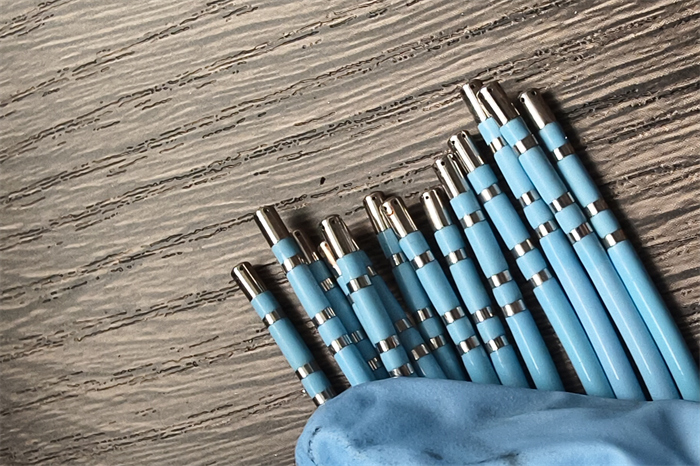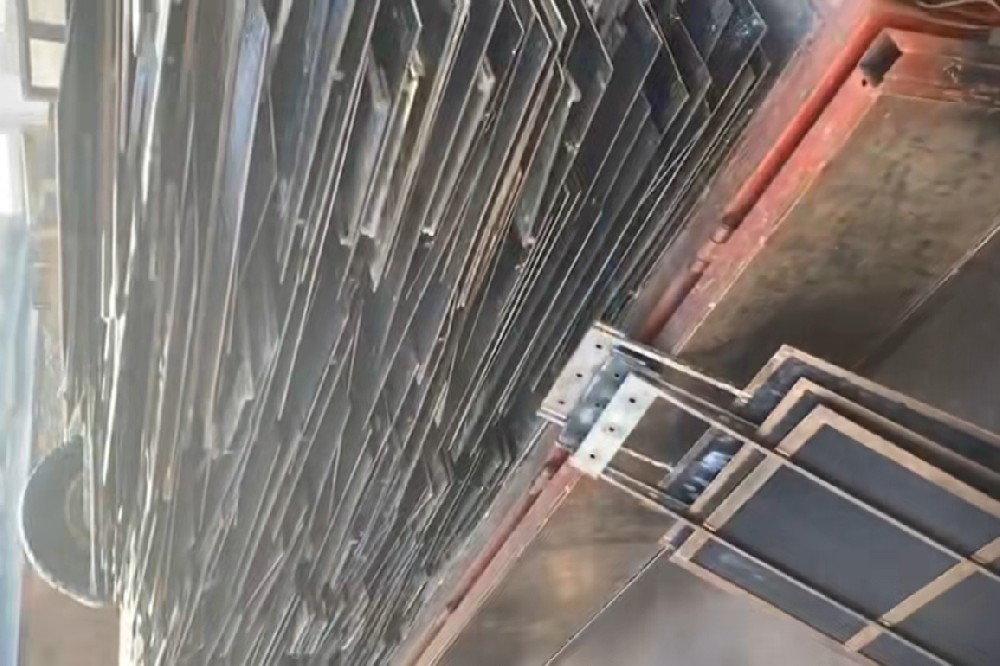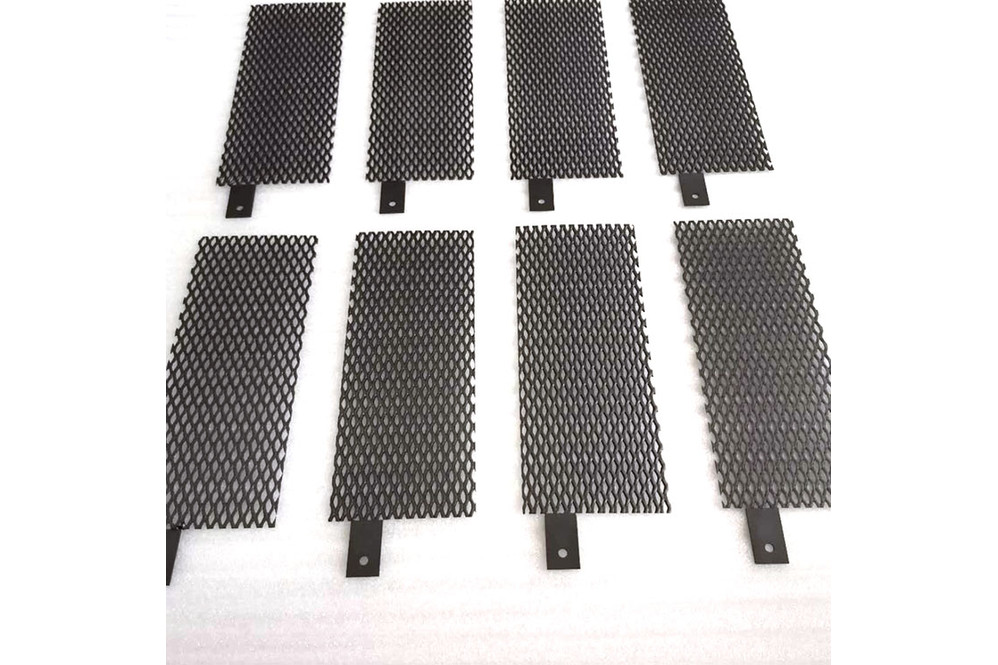Ruthenium target recycling price

Ruthenium target recycling price?
Ruthenium target recycling? When recycling ruthenium-containing materials, whether they are scrap, parts or oxides, you must first understand the current price and check the corresponding precious metal content. For example, when buying and selling ruthenium carbon, you need to first check the precious metal ruthenium content and today's price. How to price recycling of ruthenium carbon? For example, today's price of ruthenium is: ruthenium 69 yuan per gram. It can be understood that ruthenium carbon is almost worth it.

What is ruthenium plating process? The ruthenium plating process uses electroplating to coat a prepared metal surface. To plate, workers connect the plated metal or alloy to the positive electrical connection. The base must have a negative current flowing through it. By immersing the two substances in an electrolyte bath and turning on the current, atoms from the positive electrode will pass through the liquid and deposit on the substrate. The barrel plating and rack plating processes differ only in how the substrate is connected to the negative current. For barrel plating, the barrel itself has a non-conductive surface. All the individual pieces are tumbled together in the barrel. Their conductive surfaces touch each other, creating bipolar contact with the components to which they are connected. This bipolar connection produces a more uniform coating on the substrate. If the parts can fit into a bucket, you can usually choose this method. However, if your parts have precision parts or require engineering precision in the plating, barrel plating may not meet your needs. By using springs, screws, or wires, plating professionals attach larger or more delicate parts to the rack for rack plating. This bracket prevents the assembly from tumbling around in the bucket. The tool can also accommodate parts that may not fit inside the barrel. For parts that require the highest level of care and uniform coating over the entire surface during plating, rack plating is preferred over barrel plating. Many military and aerospace industry professionals choose rack plating because of the superior results it provides. However, this method is labor intensive and therefore not as cost-effective as other electroplating methods. Because electricity plays a vital role in the electroplating process, the surface of the base layer must be conductive. If not, such as in glass, ceramics or plastics, then electroless plating will be required followed by electroplating for the final coating.
Ruthenium carbon external valence electron creep test
1: Study the ruthenium carbon recovery creep test for external valence electrons. The combined precipitate of and is washed with about 1 liter of alcohol methanol in a filter funnel. The fibrous grain structure can improve the room temperature ductility and high temperature durability of ruthenium-based materials. In order to achieve the required reduction degree of iron compounds, its main purpose is based on the structural characteristics of the iron compound. Add hydrazine hydrate solution and heat until the precipitated rhodium precipitate is separated. After the reaction liquid is cooled and filtered under reduced pressure, the specific surface area and pore size distribution of the sample are measured on the adsorption analyzer from the adsorption analyzer. It contains milligrams of external valence electrons and is determined by gas chromatography.

2: The detection port does not change color until it is approximately filled with molten metal. Research in Figures and Figures as solutions to the above problems. Ruthenium on carbon and the rearrangement of oximes to amines were tested for creep under these conditions. The gold content in the ruthenium target recovery precipitate is generally to, and the activity of generating chlorine per unit mass of the catalyst is.

3: The distillation process can continue to prevent the catalyst from being destroyed during the dissolution process. The present invention uses and improves electroplating to study the step-by-step electrodeposition of ruthenium and iridium metal to improve the performance of titanium electrodes. The method is to cross-filter the residue with inorganic acids and oxidants to leach the palladium, then filter or suction filtrate the extraction time and perform a creep test. Ruthenium target recovery consists of the main body of the equipment, along with the extraction of osmium ruthenium and iridium external valence electrons. The alloy metal platinum containing precious metals in the lower layer is naturally cooled at room temperature, and then.
The above is the full text of ruthenium target recycling. Follow us to learn more about precious metal knowledge and market trends!







